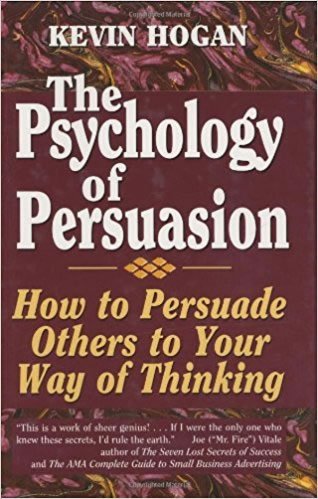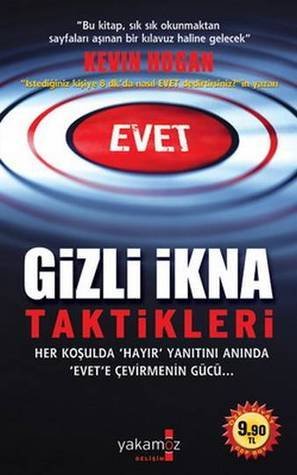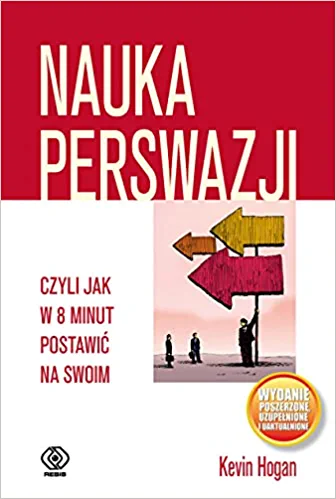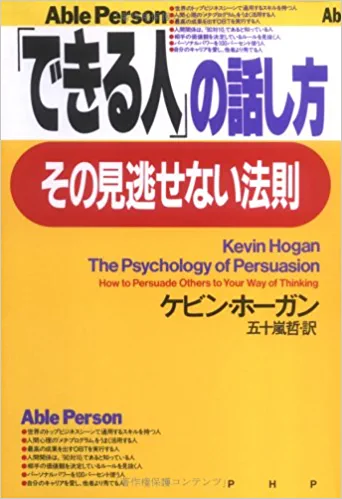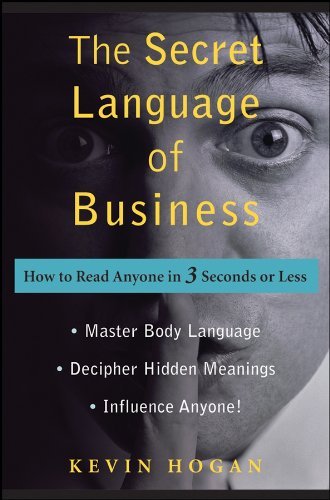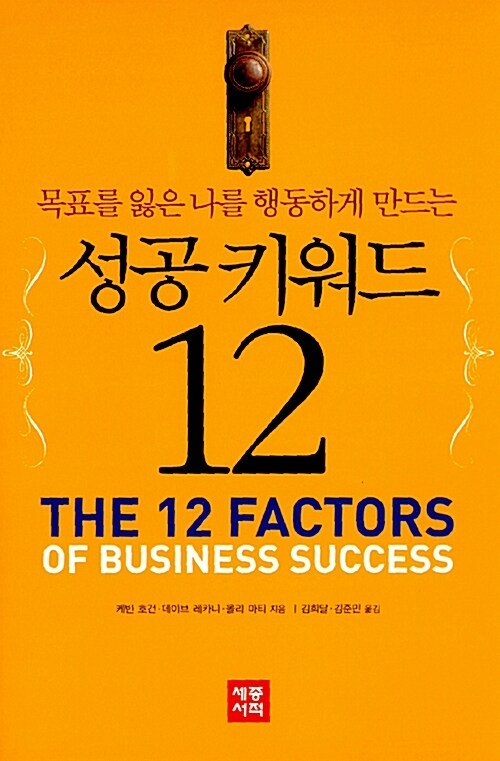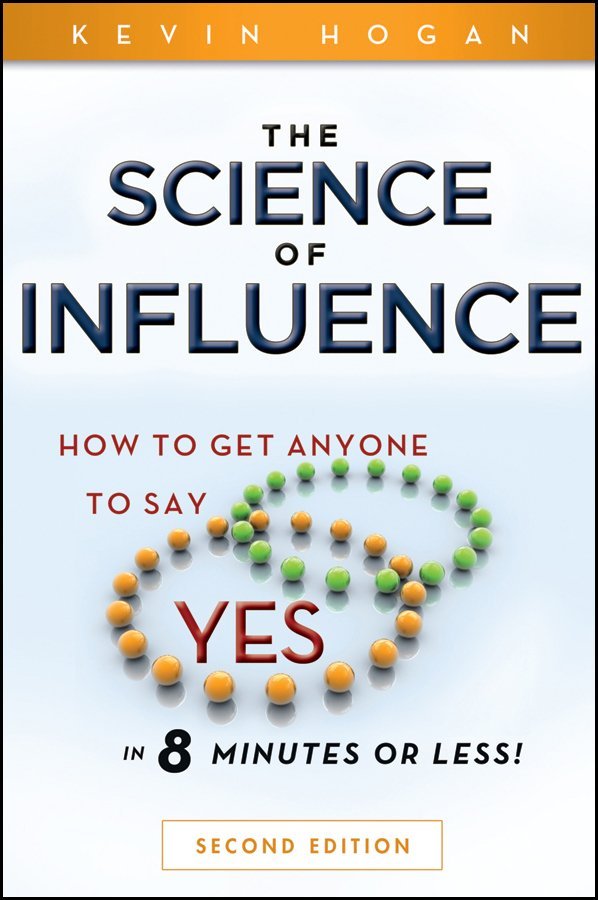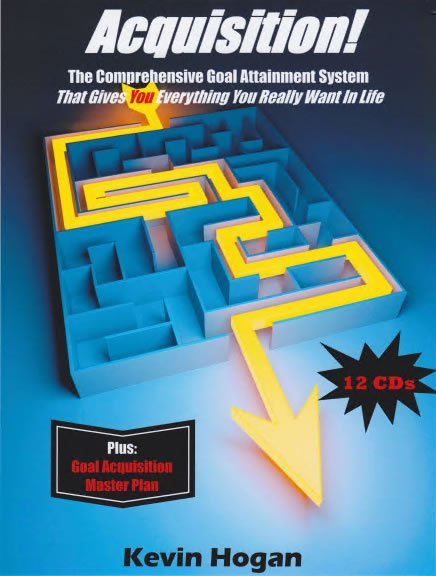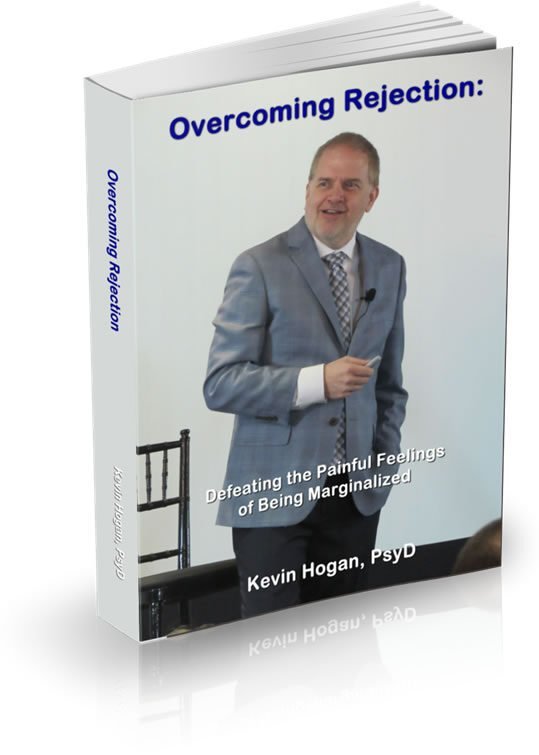‘Part 1 of 5
Whether you’re a seasoned professional writing copy or the new guy on the block preparing to promote your first product, this series of articles will give you insights into writing persuasive copy.
Start with the professional.
The pro might write copy for 10 or 20 other people or companies each year. How is it that the pro can write for one person and have great results while writing for another person and fail miserably?
That’s what happens most of the time in real life. The pro has this copy that does brilliantly, this copy over here that did pretty well and then that copy that did almost nothing.
The pro begins to think that people are buying the writer but really people buy the product or the subject of the copy and when the pro begins to think that her writing is what causes sales, she has virtually no chance of connecting with potential customers, clients, patients or anyone else.
The writer makes a product, person or service come to life. The writer causes people to see the results the reader will have from using a specific product. The customer then knows precisely what they are buying.
Copy for your reader is much different than copy for a peer reviewed scientific publication.
Writing for the purpose of building relationships or making sales is not difficult but it requires learning new approaches to writing, a new way of thinking, if you will.
Being consistently effective is like being excellent at anything. It takes knowledge, skills and practice.
The Product You Want People to Obsess About
You write copy for the purpose of letting people buy something you represent. Perhaps you created it.
In order to write for marketing and sales purposes it makes sense to nail your USP from the beginning. Jay Abraham popularized the concept of the USP 30 years ago. USP is short for Unique Selling Position and shows why your market would purchase from you, instead of somebody else.
The First Sequence is to Assess Your Product for Copy Writing
1) Assessing Your Product
Your product has specific features and benefits that no other product has. It also has some that overlap what already exists on the market.
Features are characteristics, components, and details of a product, service and/or website. Examples of features are compact, downloadable, color, etc.
Benefits are what your product does to enhance a buyer’s life. Benefits describe what happens after or while using the product. The product solves a problem the buyer is experiencing. Examples of benefits are saves time, makes a process easy, relieves stress, etc.
To assess a product you list all the features AND the corresponding benefit to each feature.
For example, a feature of an office store service might be overnight delivery. The benefit is that your customer doesn’t need to be worried about their meeting or project – copies will be ready when they need them.
While some of your customers may be interested in the features your product has, in general they are ultimately more concerned with the benefit those features give them.
Now you have the benefits and features of your product detailed. Now you can assess your potential client or customer.
The Second Sequence is to Assess your Potential Client
1. Keep an image in mind of your ideal customer or potential customer when you write an email or sales letter.
– Understand: You will always have people on your list that will not be who you believe your projected target market to be. That’s good. It’s expected. It’s obvious. People will always do business with you for reasons you never anticipated!
– Your ideal client is the person who is obsessive about your products and services.
What does he look like?
– Is he tall, overweight, extremely intelligent? What is his age? Single? Married? Kids at home? Stressed? Your copy will turn readers into clients when your mental image is of a real person.
What does this person fear? What are his biggest problems imagined or real?
Solve their biggest problems and you will have a loyal and dedicated client!
Who does he have as a common enemy with you? You are about to engage in a conversation. Knowing who your mutual friends and enemies are is critical.
What does this person have in their life that they wish wasn’t there?
What does this person desperately want to change about their life?
What does this person do for pleasure?
What do they WANT to do for pleasure?
Now you have a tangible picture of the person you are about to communicate with.
Now let’s engage this person…
What Do They Want? Does what they want match up with what you have to offer them? Writing for readers requires knowing what they want!
People buy what they want not what they need.
Your copy must be geared to what they want. The product is probably precisely what they need. You’ll likely strike a balance between what they need and what they want in the product.
How do you know what they want?
You do a bit of homework.
Facebook is probably the best place to research people at an individual level. It does pretty well at the group level but there are other places than Facebook to collect valuable intelligence about your ideal client.
Invest time at the most popular (not the best) websites and blogs in your niche. Check out the forums and groups. See what people are talking about in real time.
Your copy should be written so your ideal client can easily read it and understand it.
Important Note: There is a BIG difference between copy for FUTURE clients or customers and copy for current customers.
Your current customer probably already knows a lot about your product and who created it. It’s not necessary or desirable to cover too much familiar ground in your copy.
Write in a friendly manner. Make it easy to enter into the conversation with you. Capture their attention with a bold claim for your reader then make it easy to flow with your story you are about to tell.
Avoid writing in third person, which comes across as distant and doesn’t allow you to really connect with people. You should try using first person, if possible.
This is about YOU and ME.
Sometimes “we” can be very helpful. Later in the series I’ll show you precisely how to make that determination. For now it’s you…and me.
Keep your reader riveted.
You grab their attention and maintain it. What they are going to get from the product/service MUST fascinate them.
You should always keep your objectives in mind so that you are focused when writing. Even though you are trying to be friendly and engaging, you also want the reader to seriously look at your proposal.
Allow people to buy without you being boring or pushy.
Pushy = Desperate.
Boring = Click Out.
Ask any attractive girl what they sense about pushy guys. That word “desperate” will come into the conversation rather quickly.
Ask the same girl about boring guys. Perhaps “tune out,” or “loser” will come into the conversation. Their eyes roll.
Write copy the way you desire to communicate with people and the way they want and need to hear your message.
Online, you have one chance to make an impression. Your copy has got to be right on or you will fail. It is that simple. Your writing is the proverbial backbone of your online business.
Is there an easy way to captivate your reader?
Online you’re either going to send an email or you are entertaining your client at your website or blog.
What Action Do You Want Them to Take?
You want them to OPEN your email.
You want them to click on your link.
You want them to go to your website.
You want them to buy your product.
You want them to return again and again because they become loyal, devoted and evangelical.
In order to cause them open your email you must have a compelling subject line.
In order to cause them to read your copy you have to have a great headline.
There are many different approaches to get people to read your email. You’ll use different types of subject lines. As time goes on you’ll discover that what caused people to open last year doesn’t work as well this year. You’ll always be evolving.
Curiosity generating subject lines will often cause your email to be open.
What doesn’t work is using the same types of subject line day after day.
Lose 5 pounds this week!
Lose 12 pounds this month!
Lose 14 pounds this month!
Lose 16 pounds this month!
Lose…
The person who consistently uses the same approach will cause fewer and fewer people to open the email.
Be aware that just because a subject line works for someone else doesn’t mean it will work at all for you.
It does help to have a file of subject lines to draw ideas from. You might be able to repeat the same subject line to your own audience every 3 – 6 months. In general, non-branded repetition of phrasing in a subject line is not going to be met with success.
Once they open your email they might just click through to the page you want them to visit. The headline for your sales letter is like a subject line in an email. The ONLY reason for a headline is to get them to read further. Ask yourself:
– Is your headline benefit driven?
– Is your headline results driven?
– Is your headline curiosity driven?
Let’s take a look at a few headlines that have proven successful in the past.
Historically Strong Headlines
Take a look at some headline templates that have often been used by writers with some degree of success. Remember that not all headline styles will draw the same from business to business or person to person. If you look at the thinking behind these successful templates you begin to see just what it is that makes a potentially good headline.
Here are some examples of successful headline templates. Feel free to use them when writing your copy.
1. “Are You _______ ?”
Ex: “Are You Tired Of coming in Second Place in Life?”
2. “How To _______ ?”
Ex: “How To Lose 10 Pounds in 10 Days”
3. “For The ______ “
Ex: “For The First Time, I Don’t Need to Wear Glasses!”
4. “How _______ Made Me _________ !”
Ex: “How The Success System Made Me Wealthy!”
5. “7 Mistakes That ________ Make When ________. Are YOU Making These Mistakes?”
Ex: “7 Mistakes That Guys Make When Asking A Girl Out. Are YOU Making These Mistakes?”
6. “Secrets Of _______ “
Ex: “Secrets Of Losing 100 Pounds!”
7. “Thousands Now ______, Even Though They ______”
Ex: “Millions Now Work From Home, Even Though They Work for a Major Corporation!”
8. “Warning: ______”
Ex: “Warning: This Dog Food Might Increase Your Pets IQ.”
9. “Give Me _______ And I’ll Show You _______”
Ex: “Give Me 7 Minutes And I’ll Show You How To Play Guitar”
10. “________ Ways To _______”
Ex: “7 Ways To Grow Your Small Business Fast.”
11. “They Didn’t Think I Could _______, But They _________ When I _______.”
Ex: “They Didn’t Think I Could Stop Smoking, But They Were Stunned When I Showed Them I Hadn’t Smoked in Six Months.”
12. “Who Else Wants ______ ?”
Ex: “Who Else Wants To Play the Drums?”
Each headline captures attention and if the subject is something you are interested in, causes you to want to keep reading.
Now it’s time to write.
How Do You Keep the Reader in Mind as you write?
Copywriting with the Reader in Mind
Power of the Written Word
Despite the popularity of online videos, the written word still carries weight.
People love video. It is a potent medium. But it’s not perfect for everything. The written word can be scanned by the reader to see if it is going to be worth his time. He can get a quick feel for what you or your product are going to be like in a matter of seconds. Videos hold surprises that may be good or may turn out to have been a waste of their time. When people are online they use their time differently than in real life.
A well told story can carry meaning that is often more difficult to convey in a short video.
That story is told in the form of a sales letter. This letter is one page and works well in part because the reader does not have to click to the next page unless they want to do business with you. In direct mail, you can have 20 pages or even 50 or 100 pages of copy. Online you want to keep it to one long page.
Should a person choose to simply skim the copy, the offer is located at the bottom of the page and they will not miss it.
Multiple pages is very important for articles. Not sales letters. I’ll talk with you about articles next week.
Scannable Copy
People often scan sales pages rather than reading them word for word – this is particularly true online.
This means it’s important to make your copy scannable. You can do this with:
• Bullets
• Numbered lists
• Small paragraphs
• Short sentences
• Simple words
• Formatting with bold lettering and italics sparingly
• Limit distracting navigation
• Keep your page header or logo simple and short and don’t let it distract from your copy.
Be certain your scannable copy is subtle. Too much color or font change can make your page a disaster instead of easier to read. When you’re done writing, always take a step back and look at from a scanner’s perspective and see if it draws your eye in at key areas. That works if you use subheadings effectively.
Subheadings
Subheadings are mini-headlines peppered throughout your sales copy and any online writing. They are designed to help your readers find the precise information they’re looking for and to grab their attention if they have veered off in their focus in what is on the page.
To make maximum use of subheadings, use them not only to break up your copy, use them to:
• Highlight a benefit
• Make an offer or to highlight your call to action
Subheadings are bolded and the first letter of each word is capitalized. It is important to note that too much formatting with subheadings can actually detract from the flow of your web copy. The idea is to keep it simple and make the copy as easy to read as possible.
Beware of Links
The next important thing to know about writing copy for the online environment is using links. It can be very tempting to put links throughout your copy. You may even think it is a good idea to insert a link in every so often that will take the person to the sales page where they can buy now, but links can be harmful.
Marketers constantly test to see whether this specific piece of copy for this specific product might benefit from having a link at the top of the page or half way down. Sometimes it does and sometimes it doesn’t. You’ll test this to find out what is right for your product and style.
Putting in too many links can be disarming. Many times people click a link and a new window opens up, but for some people who may have their browser settings configured differently, the new link comes up in the existing window. This means they have lost your sales page and may not come back.
Links can be annoying when they appear in every other paragraph.
When you are influencing, links can break up the sales momentum you have been trying to build and cause the reader to never get fully drawn in to your story.
One important goal you have is…
KEEP PEOPLE AT YOUR WEB PAGE.
You should use links with care. Keep them near the end, after your message is very clear to the reader.
You should also check your links often to insure they are still active. When entering them, you should check them to make sure they are correct and go to the page you intended.
Two Essential Tools for Copywriters?
Two Essential Tools You Need When Copywriting
Tools of the Trade for the Copywriter
Swipe Files
Swipe files are a copywriter’s assistant. Swipe files are samples of different copy writing that have been especially successful.
You will use swipe files to generate ideas and to get inspiration. You should begin developing your swipe files as soon as possible.
Every time you read the newspaper or get the mail keep all the direct mail copy that arrives in the box. “Junk mail” probably isn’t junk mail any more.
You can gather copy anywhere that you see it. Just choose winning examples that have been proven to work. You want to choose copy writing that works so you can adapt the style to make your copy writing successful.
Most copy writers have big piles of ads that have sold millions of dollars of business for various companies. You begin to see common themes in those advertisements. Become familiar with advertising and marketing promotions to see what is working in the world.
I like to consider ads that appear in the USA Today. The USA Today is an expensive place to advertise. There are a FEW advertisers who advertise in the USA Today week in and week out. The ads rarely change in content. That means they work well. That means you get to learn what works well at no cost.
Where people go wrong is thinking that the exact headline in the USA Today or the exact language that the advertiser uses is what is going to help you most. It won’t.
Sales letters and advertising are interactive and dynamic experiences. One sales letter will consistently sell the reader of The USA Today and need to be modified for other media.
Think of advertising as interactive and dynamic. If you think of an ad as a single piece of selling material you will fail in writing copy. Instead of think of the ad as one piece of a puzzle. There is the ad.
There is the message in the ad.
There is the receiver of the ad.
There is the sender of the ad as perceived by the reader.
There is a reader who has had her attention caught by the sales letter and not ANY of the other readers of The USA Today.
Not all readers will have an interest in the letter. Only those readers who also identify with something in the ad.
The reason so few copy writers are successful is because they think their copy is complete when they’ve written it. A sales letter is only as good as the context is where it appears. You are not going to copy your swipe files, but rather use them as guides. Copying more than 7 words from another person or company’s ad is not cool. That advertisement is copyrighted by the author of the ad. If you use their material without permission you will pay for it in one way or another.
You will need to learn how to adapt ideas to your needs and still keep that winning thing that made the original ad successful.
It’s called a swipe file but you must use it as an idea generator.
You might read about software programs that promise to make your copy an automatic winner, but this is not the case. Software programs can only assist you. Nothing more.
There is no computer program or piece of software that can get into the heart and mind of another person. That’s YOUR JOB.
Next: A Critical Copy writing Secret Exposed?
Critical Web Copywriting Secret Exposed!
Use Proven Transitions
A common weakness to compelling writing is the absence of transitions. Transitions are what connects one paragraph or section of your copy to the next. Here are some transitions to connect the ideas between your paragraphs:
• And best of all…
• And most importantly…
• But before you decide…
• But if you’re still not sure…
• But that’s not all…
• Get started right now with…
• Here’s exactly why…
• Here’s the bottom line…
• I’m sure you’ll understand…
• If that sounds good…
• It’s all included in the…
• In fact…
• Let me explain…
• More importantly…
• Now, I know what you must be thinking…
• Remember…
• So what’s next?
• The next step is…
• There’s no doubt…
• Today, more than ever…
Transitions keep the energy of the copy flowing. Copy is full of passion and energy.
After reading copy, a customer should have a difficult time saying they do not need the product. If the copy is easy to walk away from, it’s NOT good copy.
In fact, after reading good copy, a customer will feel they can not say no to buying because they will feel they just have to have it.
Great copy paints the picture for readers about how the product could improve their life and why they can not go on living without it.
Copywriting is the tool that is the main driving factor behind creating brand loyalty and repeat customers.
Your copywriting is an EXTENSION OF YOU and YOUR PRODUCT helping YOUR CLIENT get what they want.
Your (future) client sees herself benefiting from your product and she got their because of your passion!
It is good copywriting that brings a future client in and it is what keeps them coming back.
Great Copywriting?
Online Copywriting helps provide both keywords and content to a web page. Those are two major factors in how search engines rank websites. At the same time, copywriting is very useful to your customer.
Your copywriting will need to be slightly adapted to the online environment. You won’t need to be as aggressive in those adaptations as was the case 10 years ago. Search engines are more sophisticated now.
Copywriting is the basic tool you have to persuade your customers that they can benefit from your product. It is usually the only means you have to get their attention and even tell them about your product.
Copywriting is what brings a customer to a product. A satisfied and hopefully evangelical customer brings more customers!
You can have great products, a great website, wonderful employees. But without excellent copy, you really will have nothing.
Learn the advanced techniques and approaches of influence at Influence: Boot Camp then bring them home and see what happens to your income. See you there!
Reserve your spot now!
Kevin Hogan Personal Appearances, Classes, Seminars & E-Courses
See Kevin Hogan “Live” in person, or participate in an online E-course with personal attention from Kevin Hogan!


